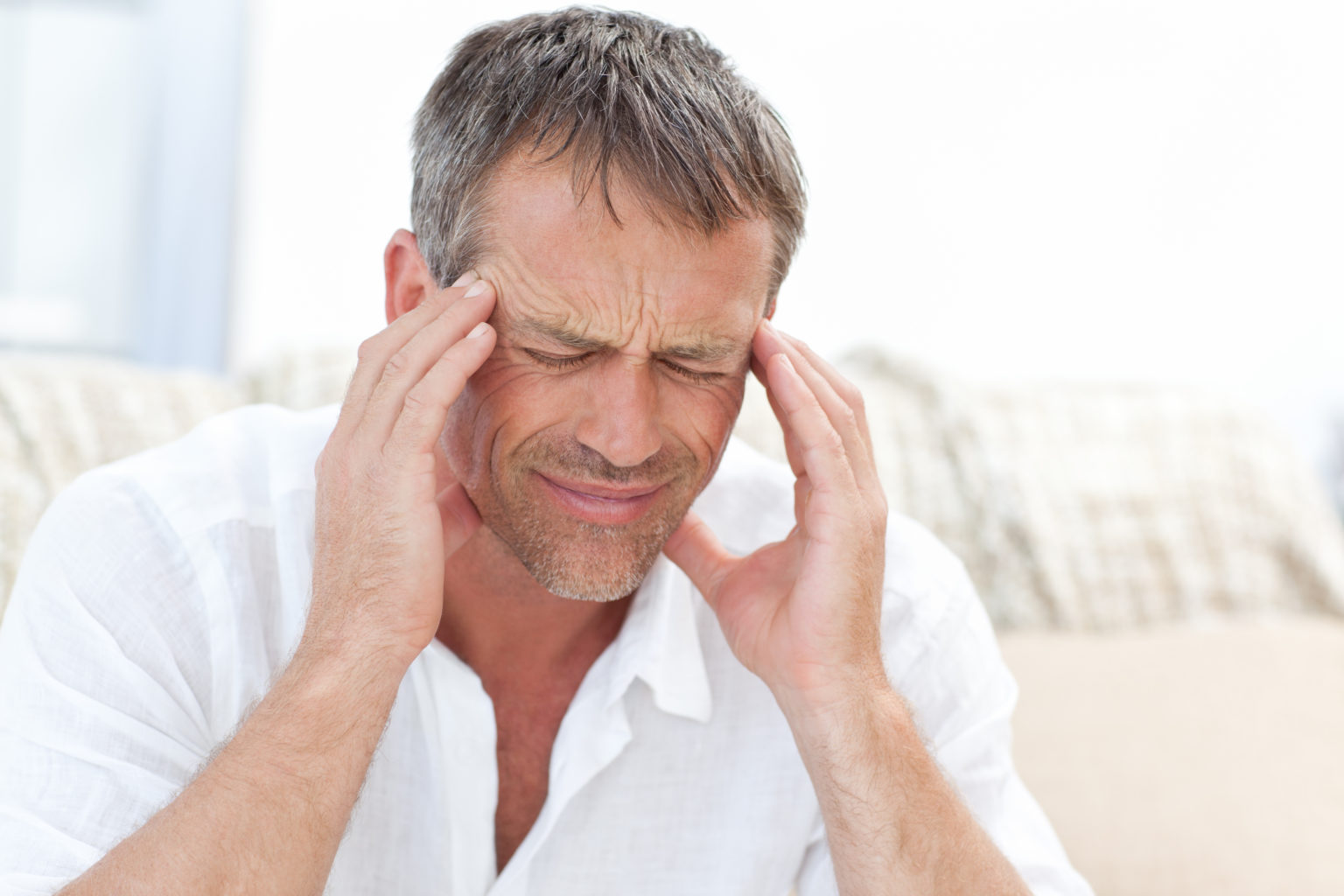
TMJ headache relief starts with knowing if you have one. Here we define what a TMJ headache is, discuss the symptoms of a TMJ headache, and introduce a comprehensive approach to TMJ headache relief.
According to the diagnostic criteria of the National Institute of Dental and Craniofacial Research, any headache that is attributed to an underlying temporomandibular joint (TMJ) disorder is considered a TMJ headache. Put another way, TMJ headache is simply a headache directly associated with TMJ symptoms.
Headache is the only TMJ symptom that has its own specific diagnostic criteria, according to the Diagnostic Criteria for Temporomandibular Disorders (DC/TMD).For a diagnosis of “headache attributed to TMD”, the headache symptoms should be affected by jaw clenching, chewing, or other movements, and they should be replicated when TMJ structures are provoked (with deep touch for example).
Headache and TMJ disorders have considerable overlap, with around 70% of headache sufferers having clinically confirmed TMJ disorders.
The symptoms of a TMJ headache will have both headache symptoms and TMJ pain. A TMJ headache can be any type of headache, with tension type headache and migraine headaches being the most common.
For your headache to be a true TMJ headache, you must be able to reproduce the headache symptoms by provoking the TMJ. This may be easy, like using deep touch in the temple area to see if it approximates the headache pain. Other times, it is not so straightforward, and you may require a health professional to get a clear diagnosis.
Headache and TMJ disorders have significant overlap in terms of anatomy, biology, and clinical features. While there are many medical interventions for TMJ related headaches, including Botox injections or medications, it’s a good idea to start with conservative therapy first.
To see if your TMJ disorder is causing your headaches, consider trying a comprehensive protocol, such that each intervention has an additive effect in providing jaw pain relief. This non-invasive and natural approach will include the following:
The Speed2Treat® Home Healing Kit. provides all the resources you need for a comprehensive approach to TMJ headache relief. This includes the QuickSplint®, a custom anterior bite guard that you fashion yourself and is ready to use on the same day as delivery. Also included are a jaw wrap with reusable hot/cold packs, a pain tracking workbook, a physical therapy guide, and videos on self-care and pain management strategies.
Start your journey towards TMJ headache relief today with the Speed2Treat® Home Healing Kit!
